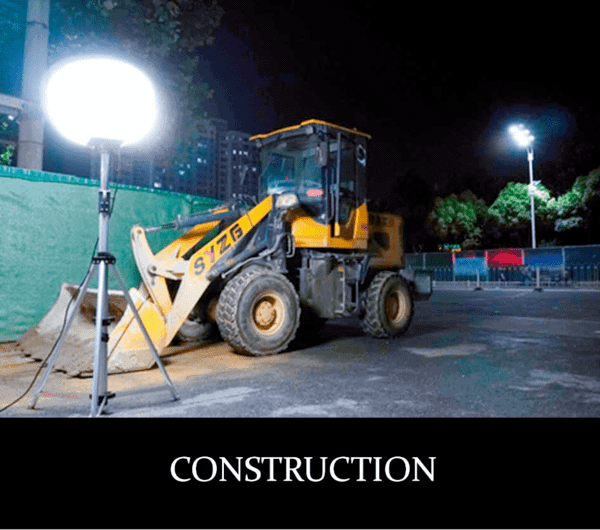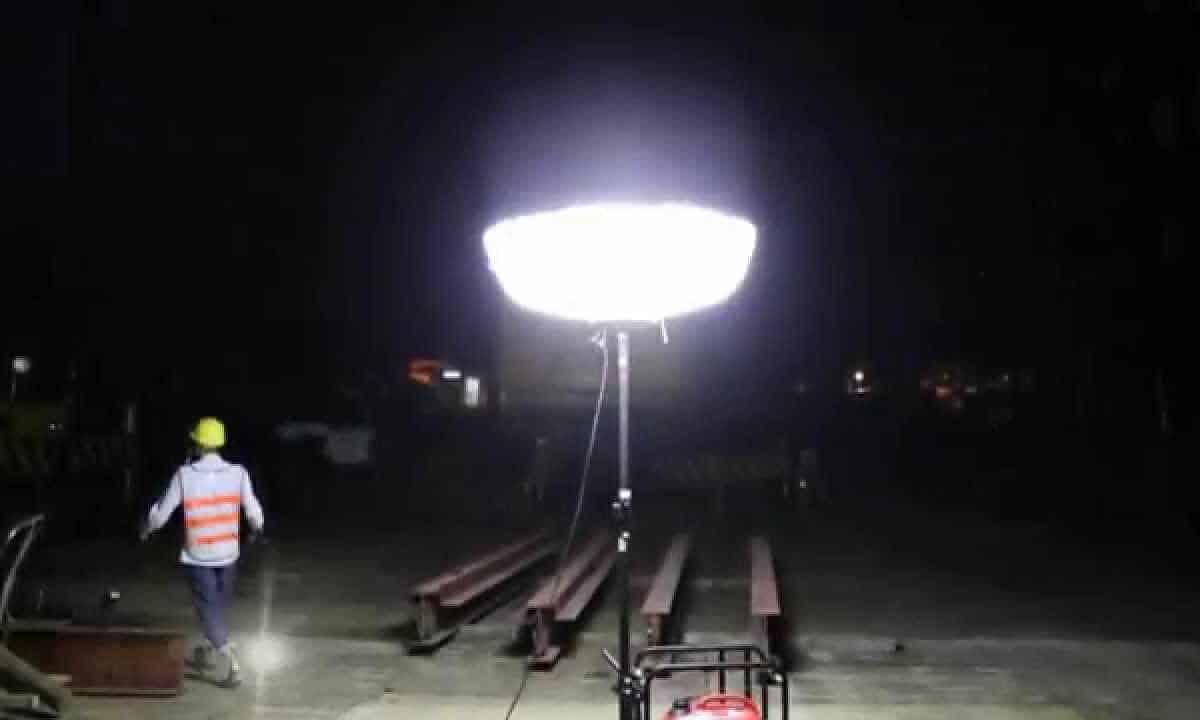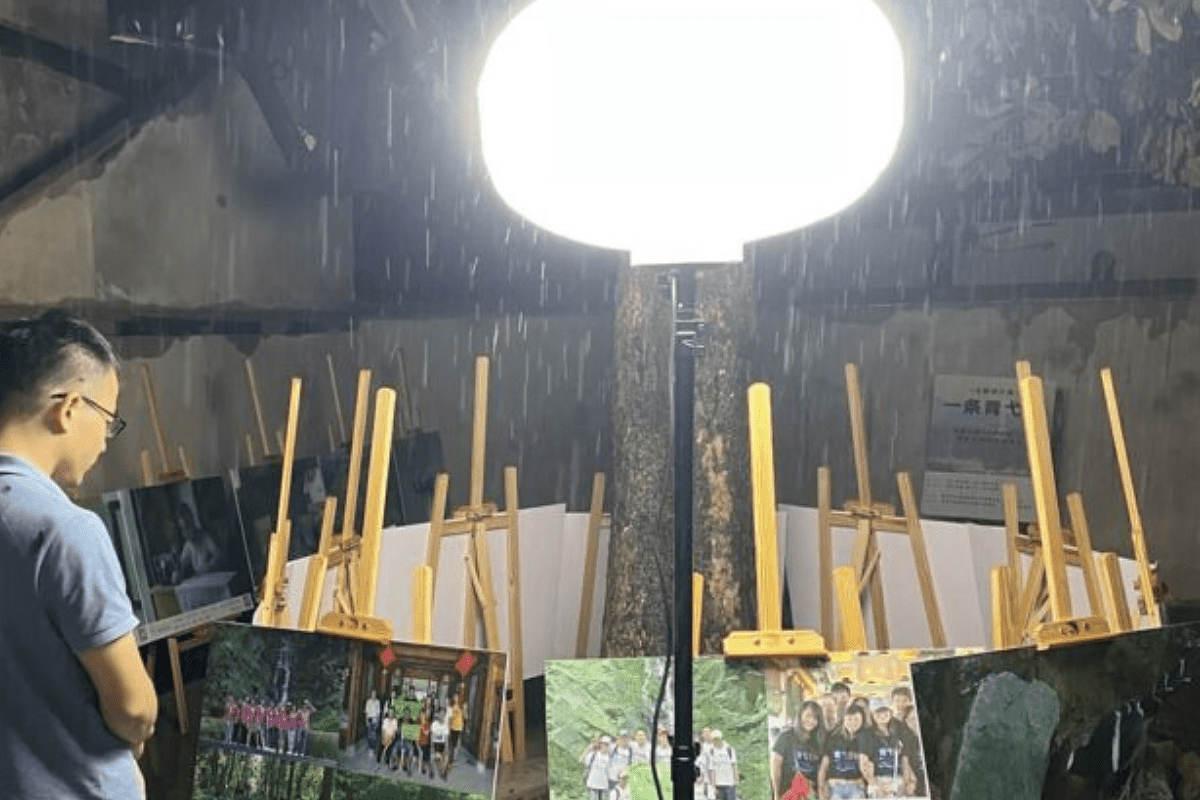When every second and every move on site counts, the wrong lighting can slow everything down.
Balloon lights beat traditional towers by offering safer, glare-free light, easier setup, and better adaptability for dynamic construction environments.

I’ve worked around both systems on countless construction sites. While traditional towers used to be the standard, balloon lights are proving to be more practical, safer, and overall smarter for today’s projects. The difference is not just in brightness—it's in how that light works with your team.
Which Lighting Type Provides Better Visibility and Comfort?
Bright light should help—not hurt—workers trying to focus on their jobs.
Balloon lights deliver wide, glare-free light that reduces strain and shadows, while traditional towers often cause visual discomfort and safety issues.

Many workers tell me the same thing: “The tower lights are too much.” That’s because they blast intense beams that create dark shadows and blinding glare. It’s hard to look up. It’s hard to focus. Balloon lights change that by spreading soft, even light in all directions.
You can work beside a balloon light and forget it’s even there. You see your tools clearly. You don’t have to squint or look away. Workers feel better and get more done. That’s not just comfort—it’s productivity.
Which Is Faster and Easier to Set Up?
Time lost on setup means time not spent building.
Balloon lights are quick to install with no tools, while traditional towers need more parts, more people, and more time to get running.

Setting up traditional towers usually takes two or more workers and a truckload of gear. I’ve been there. It’s a long, frustrating process. Balloon lights? One person can unpack, inflate, and start one in under 10 minutes. Plug it in, and it’s done.
That setup speed adds up. Whether it's a daily shift change or a surprise night job, balloon lights are ready in minutes. Less downtime means smoother operations and more work completed before sunrise.
How Do the Two Compare on Durability?
Construction sites don’t go easy on equipment—lights included.
Balloon lights are designed for rugged use with durable fabrics and IP-rated protection, while towers often break under rough handling or bad weather.

I’ve seen towers tip over in windstorms and lose their lamps. Rain corrodes fittings. Dust clogs up the fixtures. With balloon lights, it’s a different story. These things are made for abuse. Rain? Dust? Dropping? No problem.
They’re sealed, water-resistant, and bounce back after tough conditions. I remember a site where a balloon light got knocked off a truck. It inflated and lit up like nothing happened. That’s the kind of reliability that keeps a job moving.
Which System Offers Better Lighting Coverage?
More light doesn't always mean better light—it needs to reach the right places.
Balloon lights shine evenly in a full 360 degrees, covering more usable space than directional lighting towers.

Tower lights often aim in one direction. That creates harsh bright zones and deep shadows. Workers on the edge of the beam can’t see well. Balloon lights spread their glow everywhere. There’s no “bright side” or “dark side.” It’s all evenly lit.
I’ve watched crews move faster just because they didn’t have to stop and reposition lights. With balloon lights, the coverage is already there. One unit can do the work of two towers. That makes every shift smoother and more efficient.
| Feature | Traditional Tower Lights | Balloon Lights |
|---|---|---|
| Glare | High | Very low |
| Setup Time | 30-45 minutes | 5-10 minutes |
| Setup Tools Needed | Yes | No |
| Light Distribution | Directional | 360° omnidirectional |
| Durability | Moderate | High (IP65-rated) |
| Worker Comfort | Low | High |
What About Long-Term Cost and Maintenance?
Lighting shouldn’t be a constant headache—or a drain on your budget.
Balloon lights require less maintenance, fewer replacements, and save labor costs through quicker setup and safer operation.

Traditional towers have more moving parts. More parts mean more that can go wrong. Every breakdown costs time and money. Balloon lights are simpler. They’re made to last and need little upkeep. That’s why I always recommend them for long projects.
Even better, balloon lights don’t wear out your crew. They don’t need multiple people to operate. They don’t need special handling. That translates into fewer expenses, fewer delays, and more value over time.
Conclusion
Balloon lights outperform traditional lighting towers in safety, ease of use, durability, and long-term cost—making them the smarter choice for any construction site.




